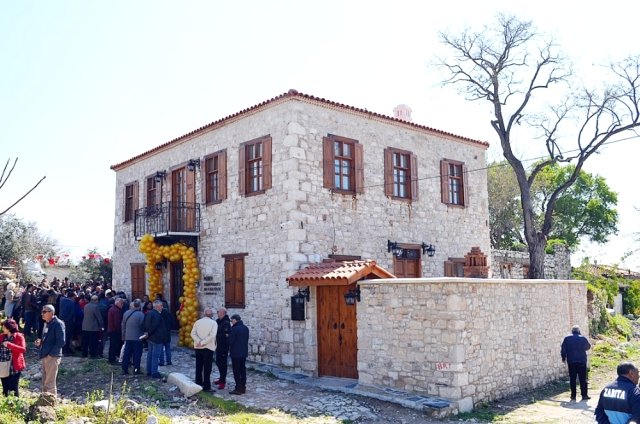Glenn Maffia
THE opening of Didim’s Cultural House was well attended on a bright and sunny Thursday (March 14). Presiding over the ceremonial duties was Mayor Deniz Atabay, his punctuality merely half an hour later than the scheduled 12:30 start.
The speeches which followed were beyond my limited vocabulary of Turkish, though they appeared to be commensurate to the agreement of the attendees.
Though I could not help but smile when the speakers were almost drowned out as, not one, not two, but three electoral campaigning vans of the local opposition drove by minutes between one another blaring out that ‘stirringly patriotic’ male voiced choir music.
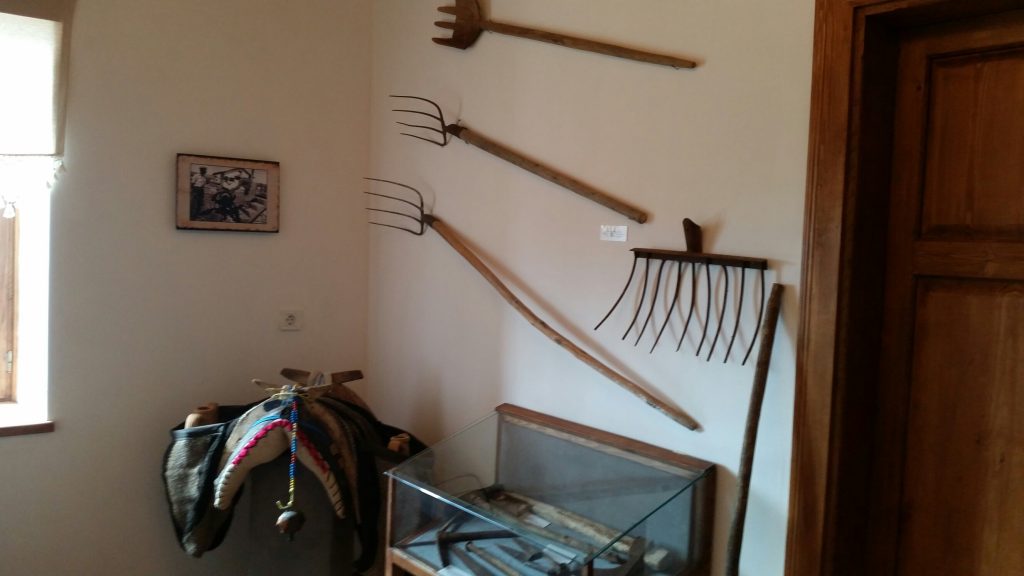
When the ceremonial niceties were concluded I retired to a local café for a beer in the warm sunshine. I figured a slow sip would allow the crowd to disperse thus allowing me a more comfortable stroll around the new Cultural House. And so it proved.
Taking an idle stroll through the balloon-laden doors the house was now sparsely populated. These old houses always give the impression of being grandly large, though once inside become cramped to a claustrophobic degree.
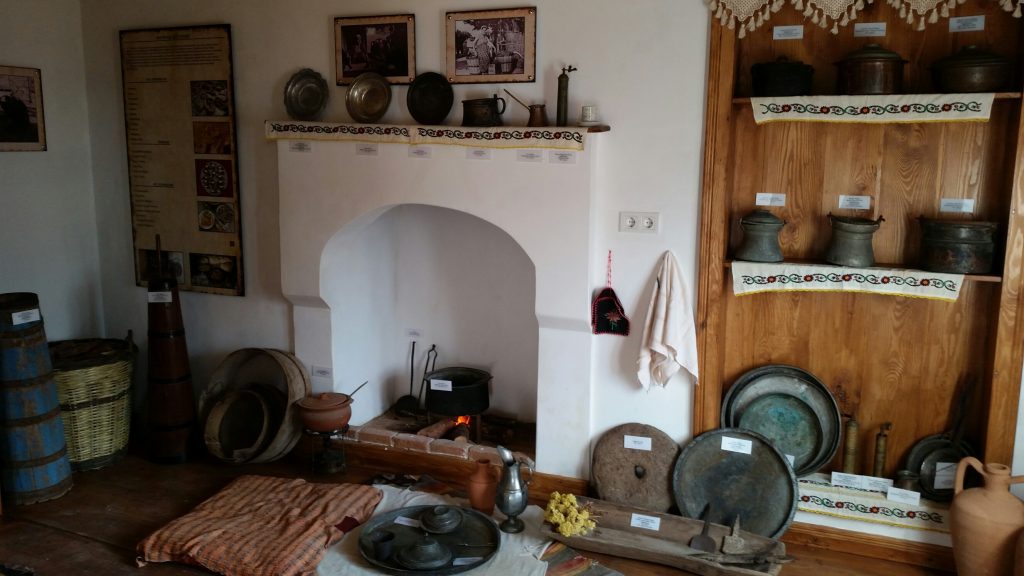
Possibly because the ceilings are usually so low surely due to the lack of stature of the average human originally residing within.
This house somewhat, but not entirely, alleviated that feeling as the ‘renovation’ had obviously adapted upon the original.
My first point of interest was to seek out some kind of entrance into the cellar area which I had noticed prior to the renovation.
The interior walls of this cellar had initially prompted the excitement of possibly being Byzantine in origin. They proved not to be, as the mortar binding the stones revealed them to be of a much later date.
If there remains some entrance to the cellar then I could not locate it. I can only hope there is one somewhere as the archaeologists would be keen to give it a cursory glance at least.
As for the ‘museum’ itself, my first impressions were influenced by the numerous photographs of the refugees travelling by ship from Kavala, in northern Greece, to eventually Yoran (or Yuran), as Didim was then known.
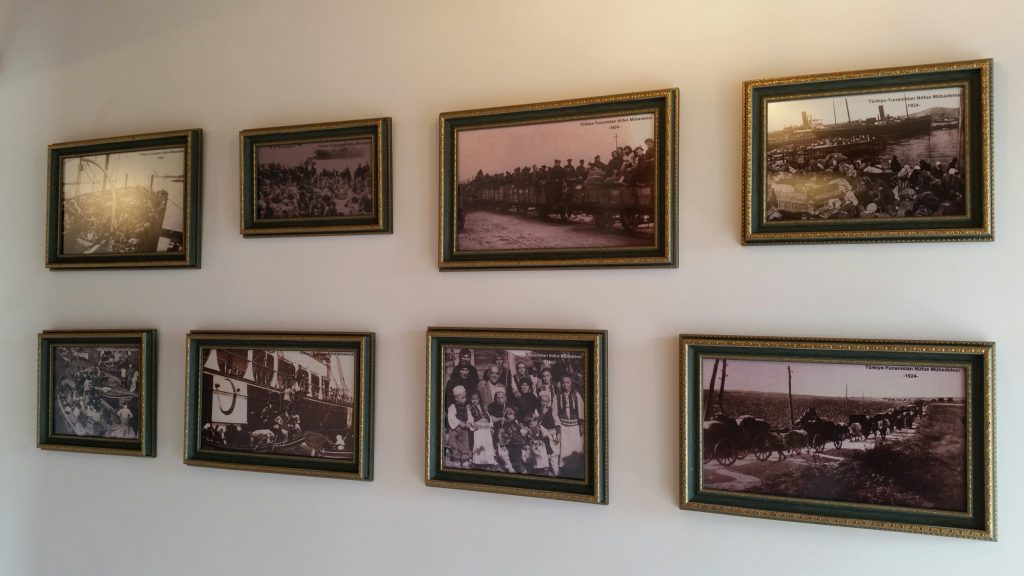
It rather struck me, in a Gothic touch of irony, that today’s refugees seek the precise same journey, though in the reverse direction.
I wonder if these original migrants, faces etched with a sense of loss and fear of their unknown future were similarly exploited by unscrupulous ‘entrepreneurs’. Human nature lends me to speculate that they probably were so.
I appreciated those harrowing photographs and I lingered long before them. I felt a compassion that they could scarcely have been afforded to them back in 1924.
As for the rest of the house, it proved to be insipid and uninspiring and I am being polite there.
A collection of household utensils, clothing and farming and fishing equipment, all of which are indiscernible from what the poorer families living in the dilapidated buildings surrounding the Temple utilise today, are displayed rather unimaginatively in a style reminiscent of similar exhibitions staged in the 1960’s European museums. It just does not feel alive or provoke any empathy.
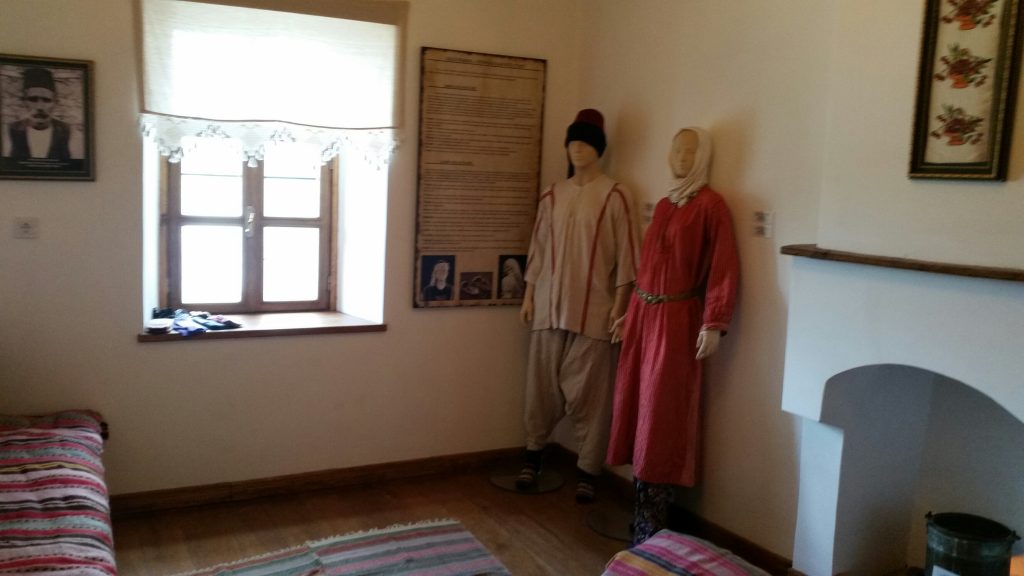
This may prove adequate for visiting school groups, munching crisps, but for an adult foreign visitor to Didim’s shores? I doubt it.
Though, by far, the most obviously glaring omission which shall dissuade the foreign visitor is that all the information boards are solely in the Turkish language.
It is generally perceived that the ‘international language’ remains English at this time.
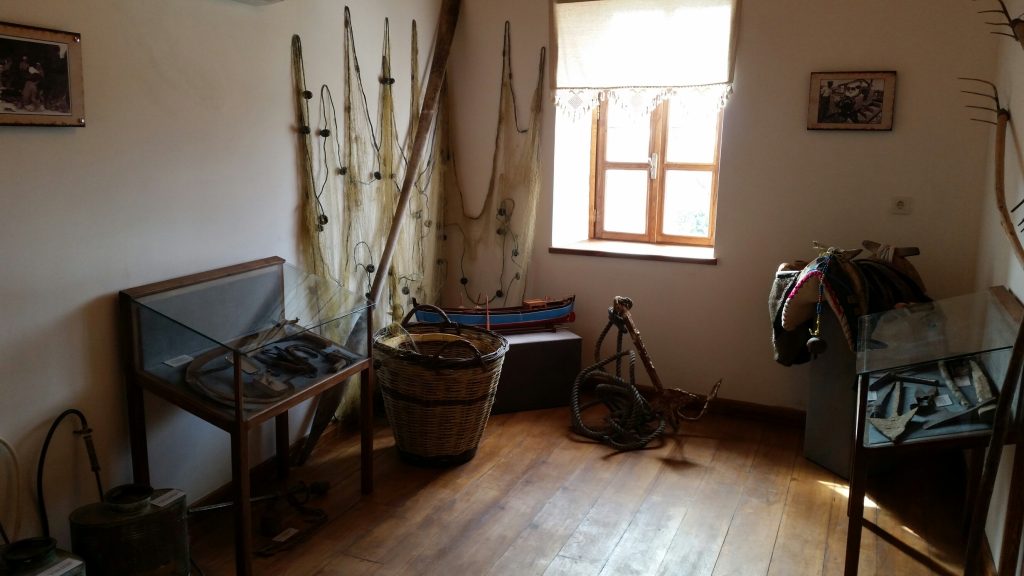
Whether that is a good thing or bad is neither ‘here nor there’.
I am also told that many Greeks travel to the old village each year to view the location from whence their forefathers came. No concessions of relaying this information in the Greek text has been accommodated either.
The purpose of a museum is to convey information, to educate and to inspire. For foreign visitors they shall leave none the wiser.
